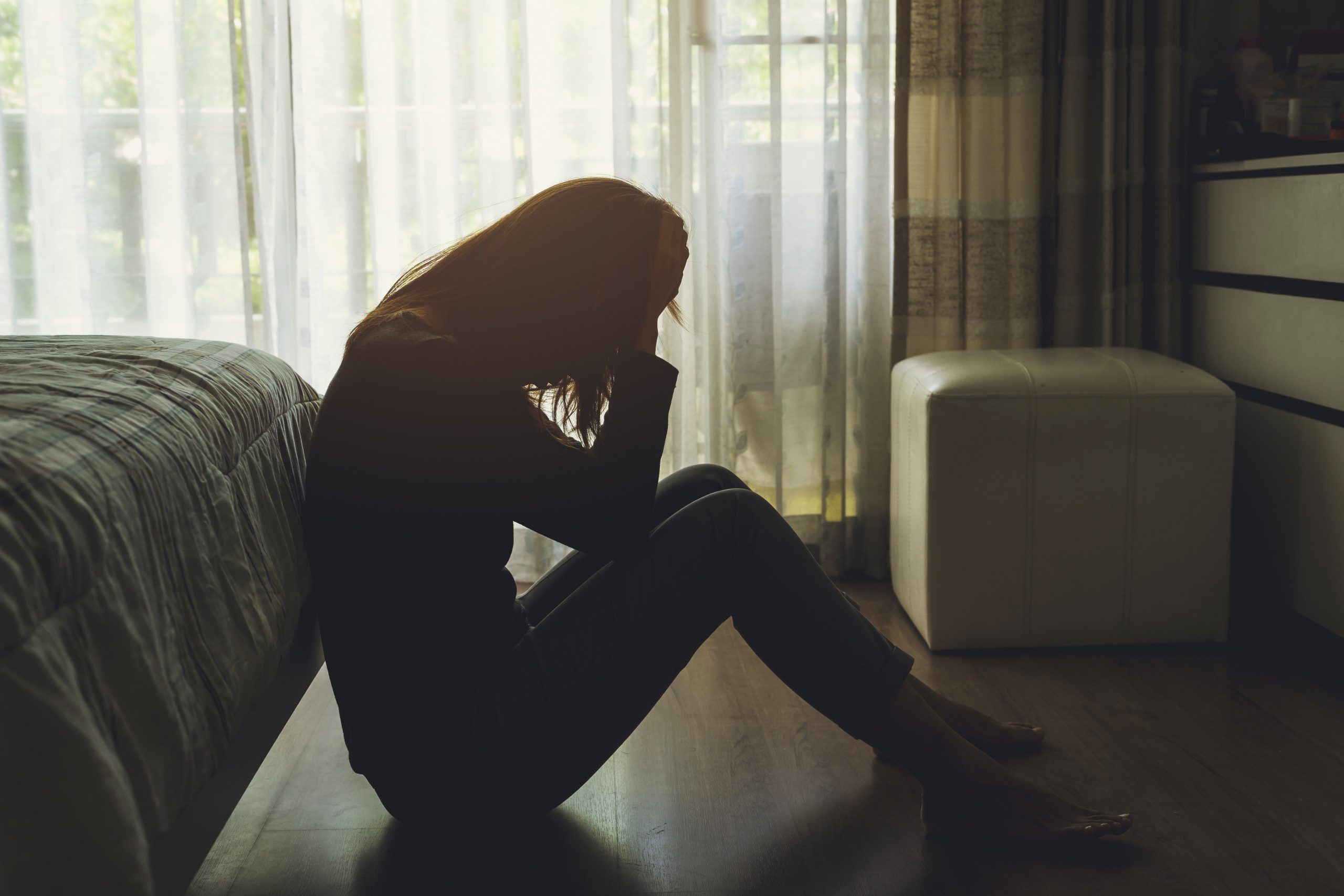
The mental health crisis hitting Americans shows no sign of abating, with provisional numbers for 2022 showing suicides rose by another 2.6% last year.
That follows on an overall 5% increase in suicides in 2021, noted officials at the U.S. Centers for Disease Control and Prevention, which on Thursday released the early data for 2022.
Overall, 49,449 Americans lost their lives to suicide last year, up from 48,183 deaths in 2021, the agency reported.
“Today’s report underscores the depths of the devastating mental health crisis in America,” U.S. Surgeon General Dr. Vivek Murthy said in a CDC news release. “Mental health has become the defining public health and societal challenge of our time. Far too many people and their families are suffering and feeling alone.”
The ongoing rise in mental health issues spurred the launch a year ago of the 988 Suicide and Crisis Lifeline, which is available 24/7 to anyone who feels they are in crisis.
According to the latest CDC data, there was one glimmer of hope in the new statistics: An 8.4% drop in 2022 for suicides among the very young (ages 10 to 24), and a 6.1% drop among one group hit particularly hard by mental health issues and suicide, American Indian/Alaska Native people.
Still, most demographics saw a rise in suicide rates.
“The troubling increase in suicides requires immediate action across our society to address the staggering loss of life from tragedies that are preventable,” said CDC Chief Medical Officer Dr. Debra Houry. “Everyone can play a role in efforts to save lives and reverse the rise in suicide deaths.”
How can you recognize the signs of suicide risk, and help a loved one? The CDC offered up five key steps:
- Don’t be afraid to ask. Many people might be reticent to inquire whether a friend or family member is having thoughts of suicide. But research shows that asking such questions decreases, rather than increases that risk.
- Help keep them safe. Reducing the person’s access to lethal means can go a long way to preventing a tragedy.
- Stay in touch. Suicidal thoughts thrive in isolation — being there for your loved one can help protect against suicide, experts say.
- Encourage them to reach out for help. People in crisis who called 988 were more likely to experience a lessening of depression, and feel less helpless and more hopeful at the end of the call.
- Follow up. After connecting the person in crisis with the support system they need, don’t stop reaching out and checking in. Maintaining a presence in their life can reduce your loved one’s odds for suicide.
According to Murthy, the newly released numbers “are a sobering reminder of how urgent it is that we further expand access to mental health care, address the root causes of mental health struggles, and recognize the importance of checking on and supporting one another. If you or a loved one are in emotional distress or suicidal crisis, please know that your life matters and that you are not alone. The 988 Suicide and Crisis Lifeline is available 24/7 for anyone who needs help.”
More information
Visit the U.S. Centers for Disease Control and Prevention for more on suicide.
SOURCE: U.S. Centers for Disease Control and Prevention, news release, Aug. 10, 2023
Source: HealthDay

Leave a Reply